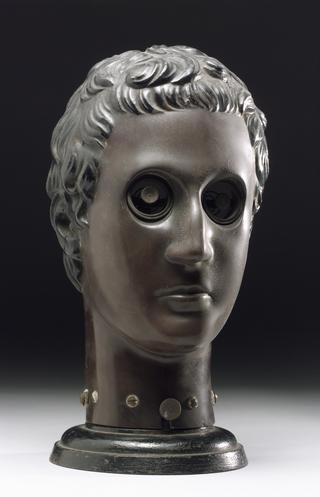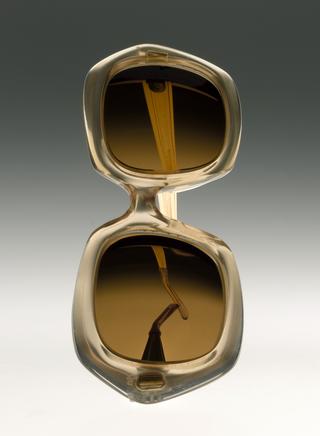
McHardy type perimeter, London, England, 1885-1930
- maker:
- Curry & Paxton




Perimeter, McHardy's type by Curry and Paxton, London, 1885-1930
Perimeters were introduced in the 1850s to locate the visual field defects. These are sometimes referred to as ‘blind spots’. This type was designed in 1882 by leading ophthalmic surgeon Malcolm MacDonald McHardy (1852-1913). It was made by Curry and Paxton of London.
The patient punched a circular chart when the target, a square of coloured paper, moved out of view. The mechanism mapped their field of view.
Details
- Category:
- Ophthalmology
- Collection:
- Sir Henry Wellcome's Museum Collection
- Object Number:
- A606421 Pt1
- Measurements:
-
overall: 545 mm x 462 mm x 175 mm,
- type:
- perimeter




